Qionglong Mountain, the first peak in Suzhou (4)
★ Tourist location: Zhenguan on Qionglong Mountain, Suzhou
Going forward is a large number of buildings. I thought I might have gone through the back door again. The mountain stretches down, and the main entrance should be at the foot of the mountain.
The Golden Bell Tower has a two-story wooden structure. There are nine auspicious beasts such as unicorns sitting in rows downstairs. The way they play with their right claws seems to be carved in the same mold.
Next to it is a stone archway called "Qionglong Blessed Land". There are couplets on the pillars, and some patterns are carved on the beams. At the top are the patterns of two dragons, and the capital is also engraved with complex and exquisite patterns. Well, when we entered through the back door, we were also looking at the back of the archway. The front of the people was the "Chaotian Gate".
"This is a Taoist temple? Ah, this must be Shangzhen Temple, the Taoist Temple that is older than Xuanmiao Temple." I was embarrassed,"I thought it was Qionglong Temple! This scale is indeed a bit large..."
The Sanqing Pavilion has a seven-room width and a three-story building. Three plaques are hung from top to bottom: Sanqing Pavilion, Mira Upper Palace, and Jade Emperor Hall. It seems that this is a layout of three palaces in one, with plaques on both sides of the lower two floors, which are nothing more than some auspicious connotations of "heaven and earth black yellow","sun and moon shine together","golden bell and jade sound" and "harmony and peace".
The main hall is dedicated to the sitting statue of the Jade Emperor, wearing a crown, holding a jade hat, and wearing a yellow robe. This is clearly the style of an emperor in the world. The golden boy and the jade girl stood on both sides. These two also looked quite mature and did not have the innocence and liveliness I had imagined.
Standing on both sides are twelve guardian celestial generals, which correspond to the numbers of the twelve constellations. It is unknown whether these celestial generals correspond to the names of the stars.
The second floor is dedicated to the Taoist God of 60th Jiazi, also known as Tai Sui. It is both a star and a god worshipped by the Chinese people. A total of 60 immortals line up the four walls of the entire second floor. The Tai Sui Hall we saw in Linwu Cave is dedicated to the Tai Sui God.
The third floor is the Sanqing Pavilion, which is dedicated to the highest gods of Taoism, the "Sanqing": Yuqing Yuanshi Tianzhu, Shangqing Lingbao Tianzhu, and Taiqing Daode Tianzhu.
There is both the Jade Emperor Hall and the Sanqing Pavilion. This hall is undoubtedly the most majestic building in the entire Shangzhen Temple. Looking from the bottom up, this feeling is even more serious.
The Temple of Finance honors the five gods of wealth, namely Zhao Gongming, Xiao Sheng, Cao Bao, Chen Jiugong, and Miao Shaosi. The fifth day of the first month of each year is the traditional Chinese ceremony to welcome the god of wealth. The Shangzhen Temple holds a grand "Receiving the god of wealth and praying for blessings."
I was a little confused when I saw the Che Temple. Which immortal is this? After reading the introduction, I realized that Xi Zhong, the originator of car building, was enshrined here. Xi Zhong was a vassal with a different surname in the Xia Dynasty and a descendant of the Yellow Emperor. Because he was good at building cars, he served as a doctor of the Che Zheng Dynasty and was granted the title of Xue Land. He was the ancestor of the Xue State. This turned out to be the Hall of Medicine King, which was later changed to the Hall of Chariots. Perhaps for the Wu State during the Spring and Autumn Period, chariots were of high importance?
Guanyin Hall honors Guanyin, Purple Bamboo, and Dripping Guanyin. Taoism respects Guanyin as Taoist Cihang. Every year on February 19th, June 19th, and September 19th of the lunar calendar, Shangzhen Temple holds a grand Guanyin Temple Fair.
There are three statues of Guanyin in the hall. The statues are light milky white and blue, and they are dressed in peach red capes. They are Shengzi, Purple Bamboo and Dishui Guanyin.
Sanmao Hall is one of the main halls of Shangzhen Temple. It is dedicated to the three brothers Mao Ying, Mao Gu and Mao Zhong of the Western Han Dynasty. They once practiced cultivation in Qionglong Mountain and later moved to Gouqu Maoshan to become immortals. They were the ancestors of the Maoshan School of Taoism and were titled "Nine Heavens Si Ming Sanmao Yinghua True Lord." Speaking of which, the three brothers have all achieved success, which is a great story in the cultivation world.
In front of the hall is enshrined a tiger-shaped divine beast, which is said to be called a "bobcat". In folk stories, the bobcat is the tiger's master. No wonder it looks like a tiger. There is a local saying,"Touch the head of a bobcat, and the whole year is good." Naturally, you have to touch the head of a cat.
Looking down from the front of the hall, the angle here is very good. The building of Shangzhen Temple is built against the mountains. In the distance, there is a city style and the sky has mountains as the background. Blue sky, white clouds, green mountains, green waters, red houses, and black tiles, these colors are so wonderfully matched.
Wenchang Hall is dedicated to Wenchang Zitong Star King and Immortals. Wenchang is the patron saint of ancient Chinese students in learning, writing, and imperial examinations. Which scholar doesn't look forward to high school? After the introduction of imperial examinations in the Sui and Tang Dynasties, the style of worshiping Wenchang became increasingly popular. Until now, whenever students have a large-scale exam, parents who believe in Wenchang will go to Wenchang Hall to make a wish.
There are also two immortals on both sides. They are the gods responsible for accessing the books of fame. Because those who know cannot speak and those who speak cannot know, one is deaf and one is dumb.
Tianshi Hall honors Tianshi Zhang Daoling, the founder of the Taoist Tianyi School. He is one of the four great heavenly teachers of Taoism in China. His original name was Zhang Ling. It is said that he is the eighth grandson of Zhang Liang, the founding hero of the Western Han Dynasty. In the first year of Han 'an, Emperor Shun of the Han Dynasty, Taishang Laojun came to Shu. At that time, Zhang Ling moved to Heming Mountain in Shu. Taishang Laojun taught Zhang Daoling "the way of righting the power of the alliance" and founded Taoism in Zi, honoring Lao Tzu as his religious ancestor. The Wudou Rice Road originally founded was also called Tianshi Road, so it was called Tianshi Zhang.
Lei Zu and Dragon King are also worshipped next to them. Thunder God is the master of the 36 true gods of the Taoist Lei Clan. Every year on the 24th of the June lunar calendar, a grand Lei Zu Temple Meeting is held at the Shangzhen Temple Meeting. The Dragon King is the god of rivers, lakes and seas, and is responsible for the function of running clouds and distributing rain.
The Ancestral Hall honors Shi Daoyuan, the founder of Shangzhen Temple. He was a famous Jiangnan celebrity from the late Ming and early Qing Dynasties. He once taught the regent King Dorgun how to maintain health. In the 17th year of Shunzhi of the Qing Dynasty, the court gave Shi Liangsheng the plaque of "Emperor Qing Dynasty's Imperial Order to Build Shangzhen Temple" and the honorary title of "Cultivating Yuan Baoyi, Propaganda and Evolution Master". However, there are three statues enshrined in the hall. Shi Daoyuan is probably the one in the middle and his disciples on both sides? But everyone is sitting, and there is no distinction between superior and inferior.
Wang Lingguan is worshipped at the Zhengshan Gate, with red eyes on three sides and a golden whip in hand. He is responsible for disputes between heaven and earth. On both sides are the Golden Bell Jade Pan Tower, which means "Golden Bell Jade Pan, harmony and peace". This is also the plaque hanging on both sides of Sanqing Pavilion.
Out of Shangzhen Temple, there is an ancient well on the left, which was dug out of rocks. The ancients did not have today's technology, and it is estimated that it took some effort to dig this stone well. Above it is a cover, a huge stone more than ten feet wide, cut into three holes, shaped like the word "Pin", hence the name "Pin Spring, commonly known as Sanyan Well. Therefore, the word "pin" in this spring refers to its shape, not to say that the taste of this spring is worth tasting.
The grotto-heaven has two floors, and the lower layer is built with stone, like a city gate. There is a Temple of Guandi, who is the patron saint of Taoism. This is actually the first gate of Shangzhen Temple. The meaning of Dongtian means that there is a different Dongtian, and there is also a sky beyond the sky.
The land temple is the belief in the land god after social sacrifice and land worship. It is built anywhere in the form of a temple. This earth temple is also far away from Shangzhen Temple, even outside the Toushan Gate. It can be seen that the earth god can only be regarded as a local god and cannot enter the center.
There is Banshan Spring next to the temple, formerly known as Mingzhu Spring. It is said that no matter what kind of dry weather it encounters, Banshan Spring will not dry up. The spring water is clear and you can drink it directly. There is a Dexian Bridge built on the spring. Legend has it that after crossing this bridge, you will be able to achieve enlightenment and become an immortal.
There is a Cixiao Pavilion next to it, connected to the corridor, with Shuangkeng Spring inside. It is said that Qianlong went to Jiangnan to find his biological father. He heard that Qionglong was the most famous mountain in Suzhou and a Taoist holy place in Jiangnan. He learned that his biological father had disappeared into the people of Suzhou in Jiangnan after leaving Beijing. So he knelt down here and prayed for father and son to meet. He kneeled out two knees and poured out two clear springs. Therefore, the spring is named Shuangjiao, and the pavilion is named Cixiao. In fact, I don't believe this legend. You know how much the royal family attaches importance to blood, and how smart Yongzheng was to win the fierce competition for the throne in Kowloon. He wouldn't even confuse his own son.
The Qianlong Imperial Road is paved with 1.5-meter-wide inkstone. Ordinary Imperial roads are specially designed for emperors. The road surface is often built with blue bricks vertically to form a "human" pattern, implying that passers-by is the emperor who is "above all ten thousand people". However, this imperial road was paved with rocks before, but it was called the imperial road because Emperor Qianlong took this road up the mountain when he came to the Qionglong six times. It was not paved to welcome Qianlong, so it was not built in a "herringbone" shape.










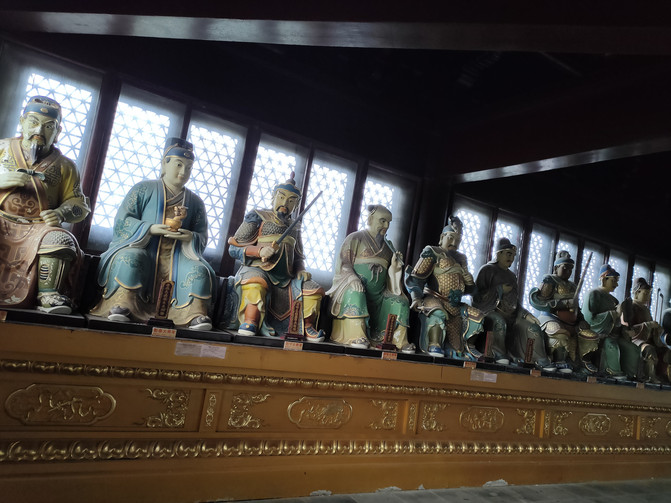
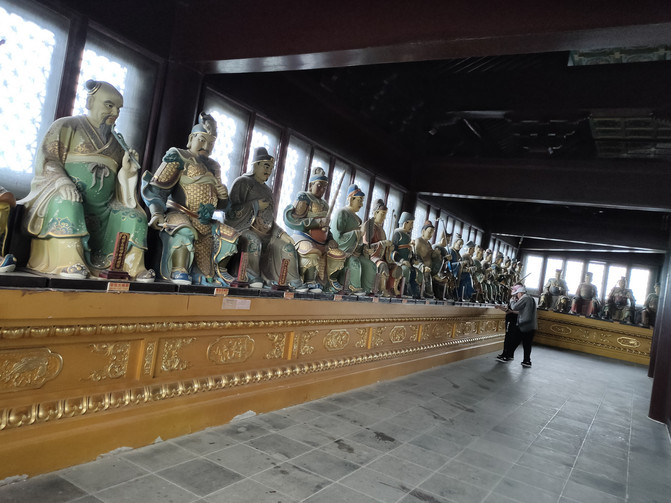






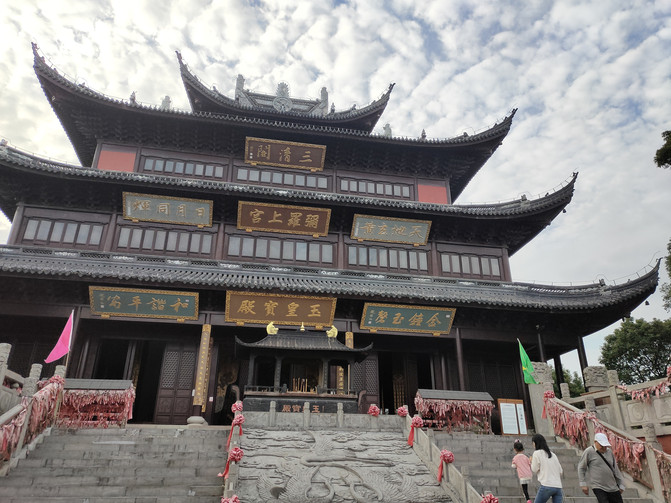

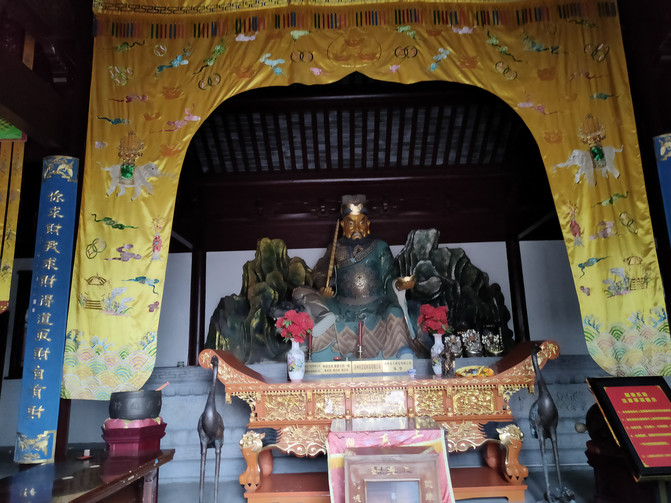












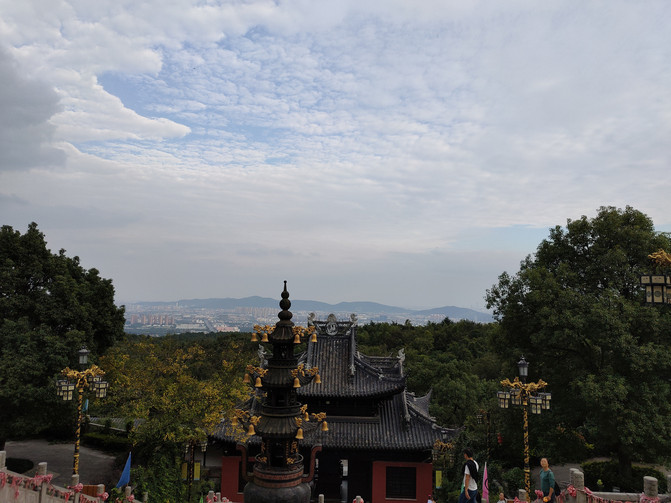




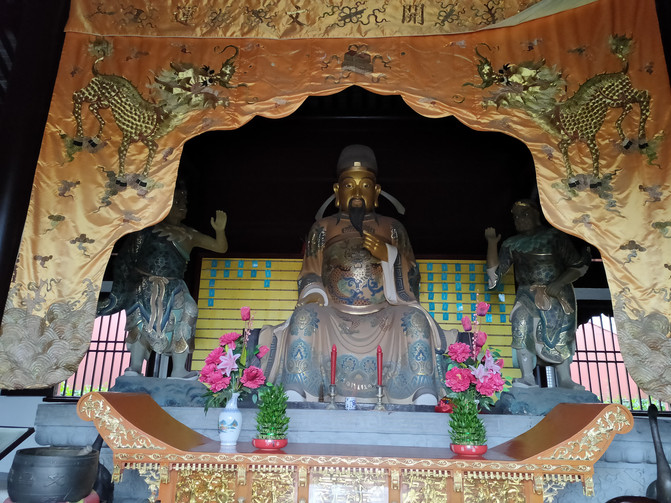












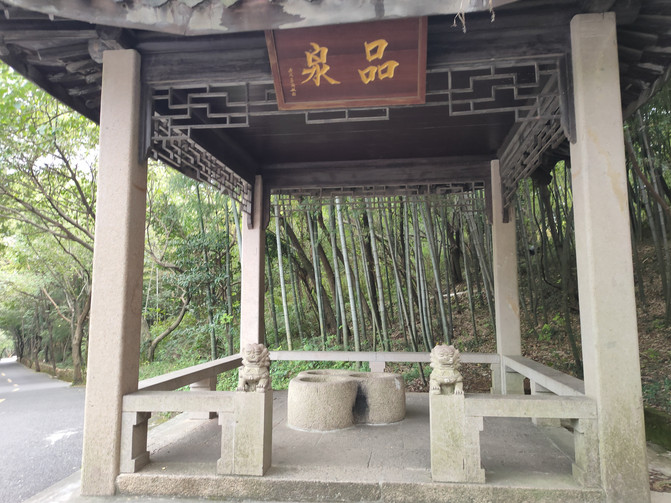






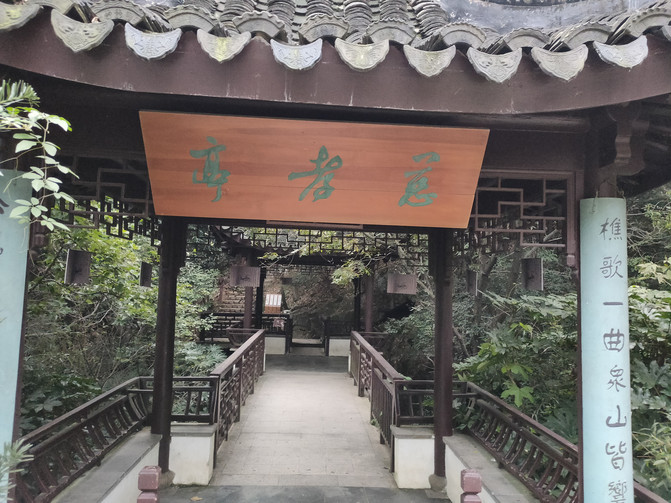



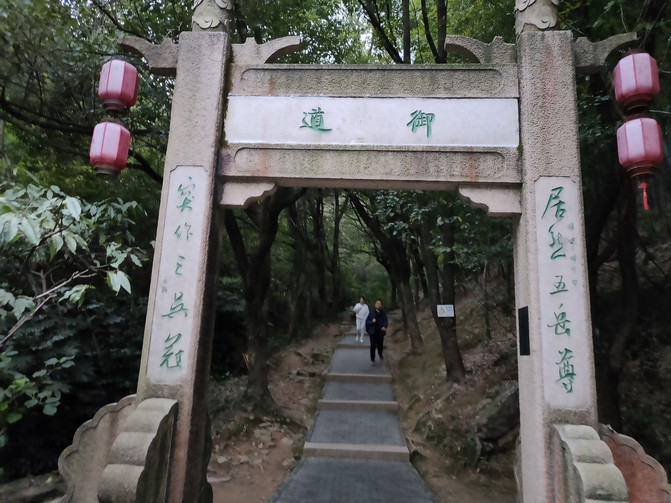











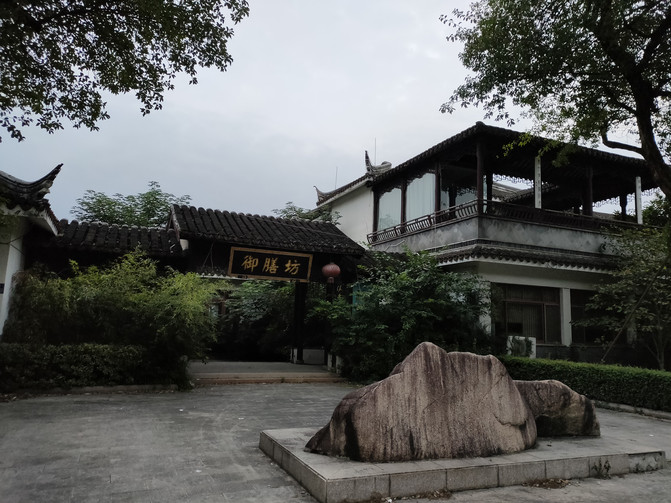
Previous Article:In that unforgettable reed swamp, there is a Shajiabang that is full of drama every step
Next Article:[Travel to Wujiang, Jiangsu] Summer vacation vacation, Lili Ancient Town actually has such a treasure museum
